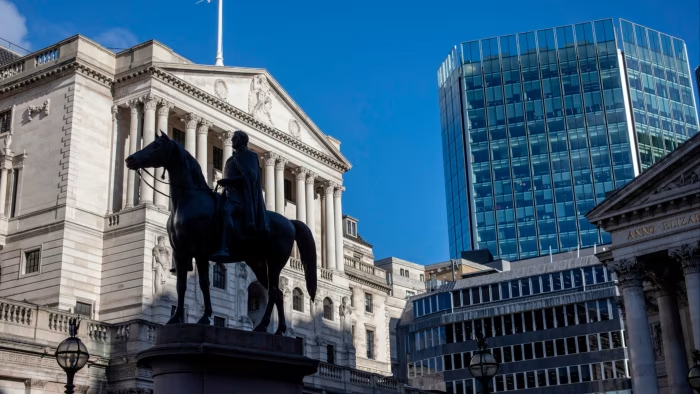The Bank of England has reduced the base rate from 4.75% to 4.5%, affecting mortgage and savings rates. This rate influences how much banks and lenders pay when borrowing from the central bank, and it’s also a key tool for controlling inflation.
The Bank aims to keep inflation (measured by the Consumer Prices Index – CPI) at 2%, as set by the government. The latest cut marks the third rate reduction since August 2024, when it dropped from 5.25% to 5%, followed by another cut to 4.75% in November 2024.
Why Was the Base Rate Cut?
The Monetary Policy Committee (MPC), which sets the rate, voted 7 to 2 in favour of reducing it by 0.25 percentage points. Two members even pushed for a deeper cut to 4.25%.
The Bank justified its decision by highlighting “substantial progress on disinflation.” CPI inflation fell to 2.5% in December, slightly above the target but lower than expected. Combined with sluggish economic growth, the Bank opted to ease borrowing costs to stimulate investment, consumer spending, and business confidence.
According to Nicholas Mendes from mortgage broker John Charcol, this shift indicates that the Bank is now balancing inflation control with economic support. However, he warned:
“The challenge now is striking the right balance. Wage growth remains high at 5.6%, and weak productivity could reignite inflation if demand picks up too quickly.”
Will Interest Rates Drop Further?
Experts warn that global economic uncertainty could slow down further rate cuts.
Holly Tomlinson, a financial planner at Quilter, noted:
“Some expect rates to drop to 4% by year-end, but global events could complicate this.”
One key factor is the potential return of Donald Trump to the White House. Renewed US trade tariffs could drive up global inflation, forcing central banks—including the Bank of England—to be cautious.
Mendes added that while the UK may not face direct US trade levies, a weaker pound could make imports more expensive, adding inflationary pressure.
How the Rate Cut Affects Mortgages
If You Have a Fixed-Rate Mortgage
- Your repayments won’t change until your fixed term ends.
- If your deal expires soon, consider locking in a new rate 3 to 6 months early to avoid moving to your lender’s costly Standard Variable Rate (SVR).
If You Have a Tracker Mortgage
- Your interest rate and monthly payment will drop in line with the base rate, typically within days or weeks.
If You’re on a Standard Variable Rate (SVR)
- Your rate might decrease, but lenders adjust SVRs at their discretion.
- SVRs are currently between 7% and 8%, so switching to a better deal could save you money.
How the Rate Cut Affects Savings
What Savers Should Do Now
We’re checking with savings providers to see if they plan to reduce rates. In the meantime:
✔ Check your current rate. Many people are stuck on low rates, so switching accounts could boost returns.
✔ Maximise tax-free savings. The top cash ISA offers 5.16% interest, which beats normal savings rates. If you haven’t used your £20,000 ISA allowance, this is a great option.
✔ Compare fixed-term savings. Santander International offers 4.9% for a three-month fix, outperforming many six-month, one-year, and two-year options.
Bottom Line
The Bank of England’s rate cut is a sign of shifting priorities—from focusing solely on inflation to boosting economic growth. While mortgage borrowers on tracker deals will see lower payments, savers should act fast before banks reduce savings rates.
With further cuts uncertain, keeping an eye on economic trends, mortgage deals, and savings rates is essential.




